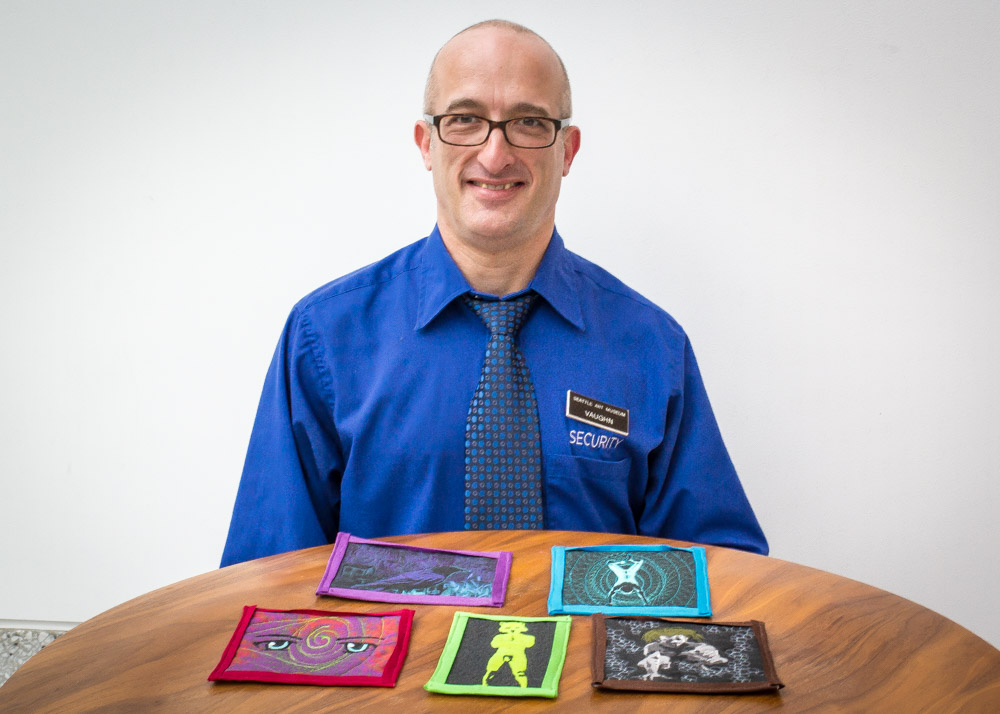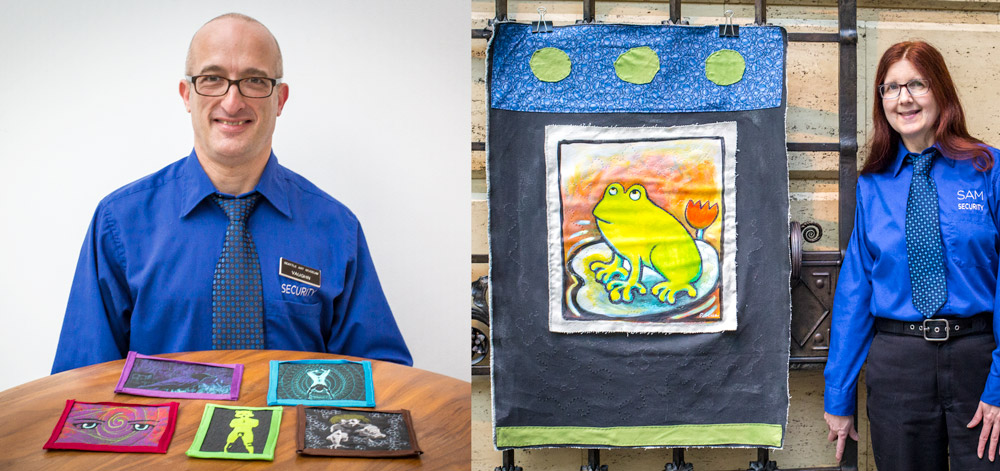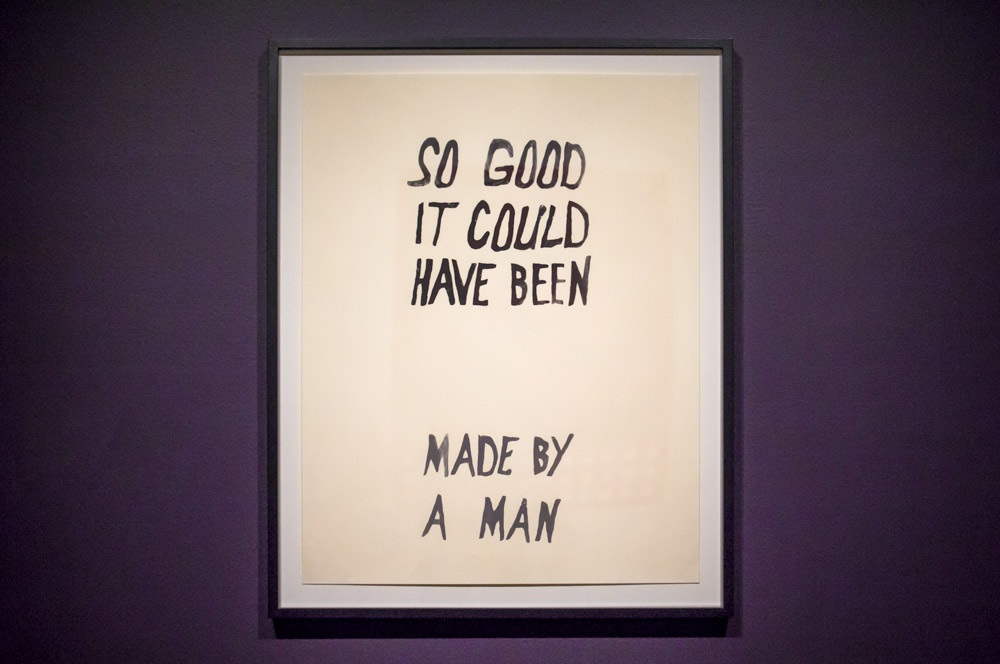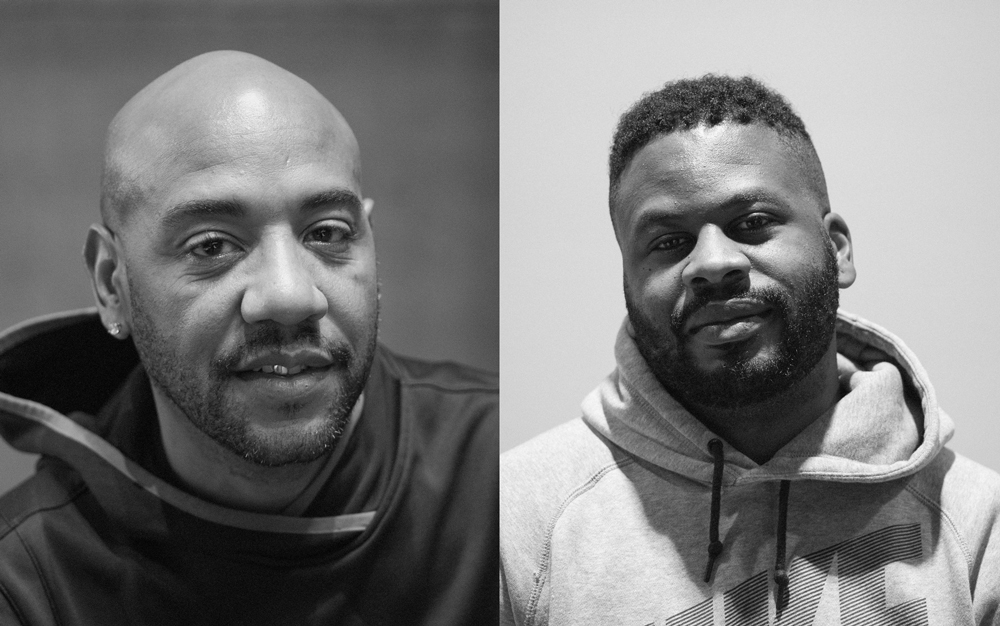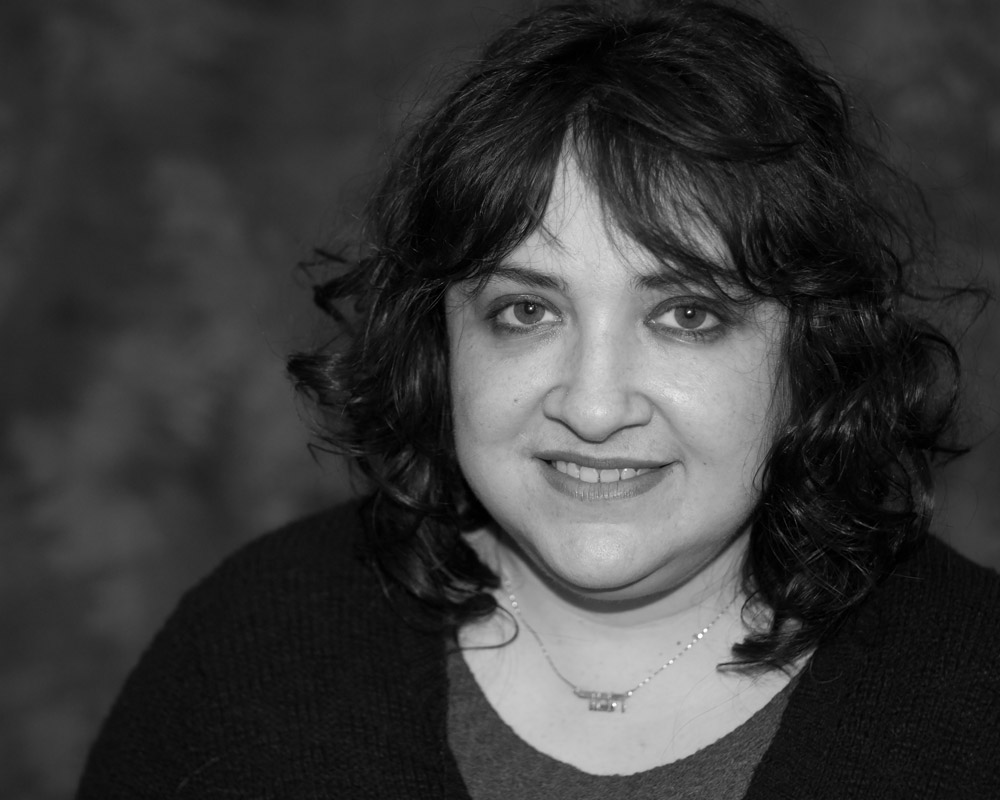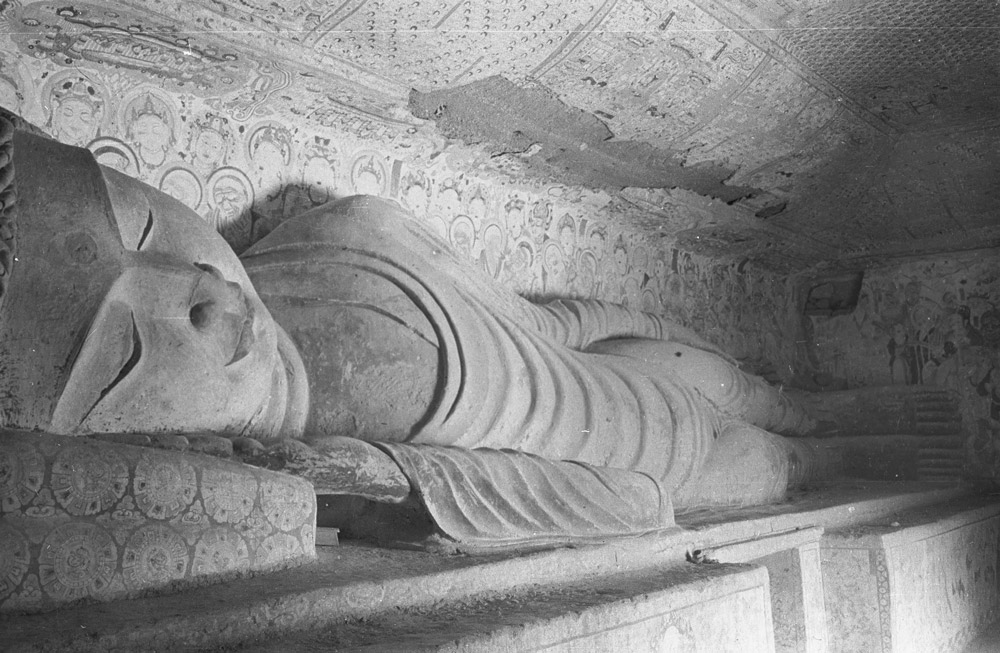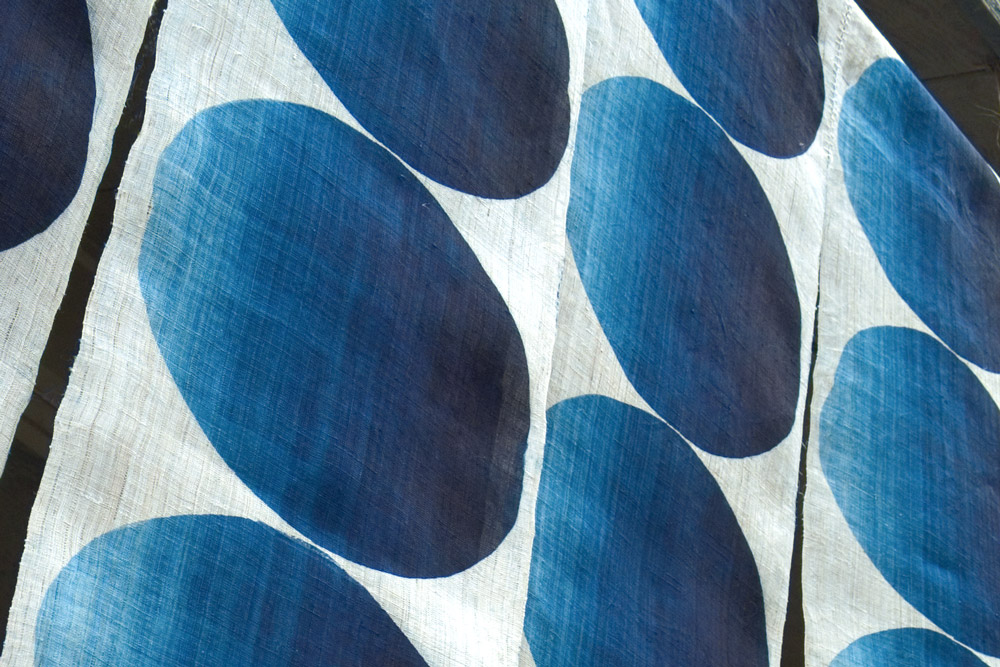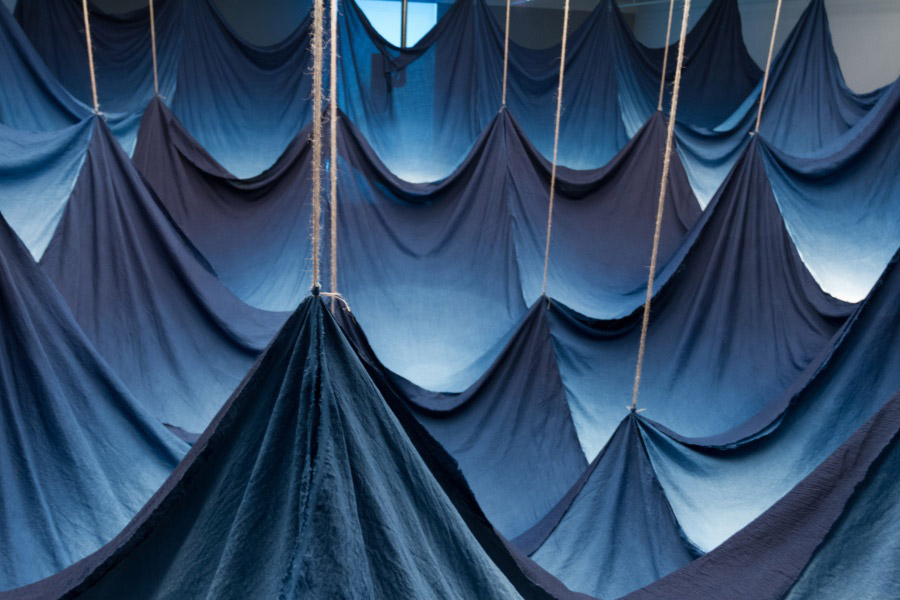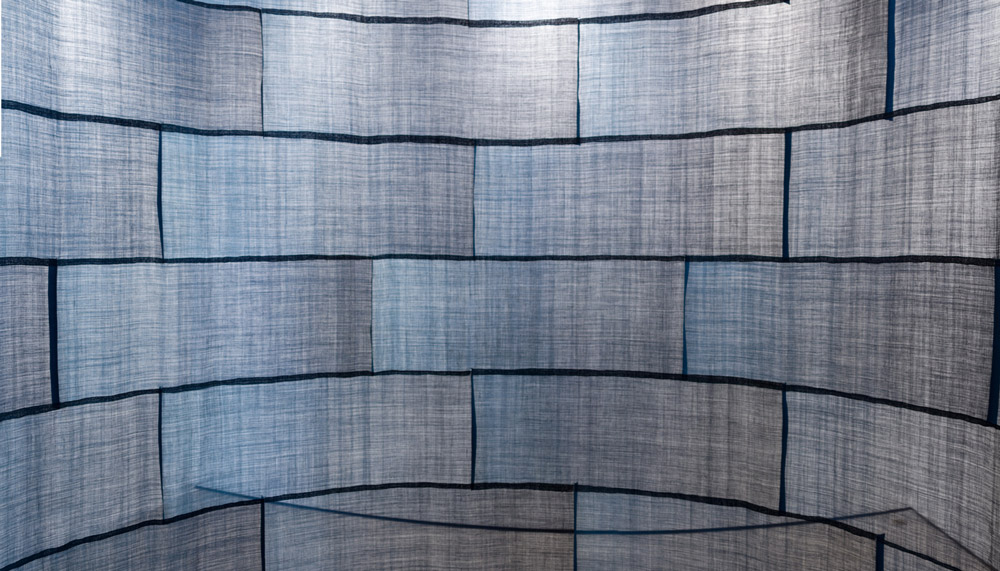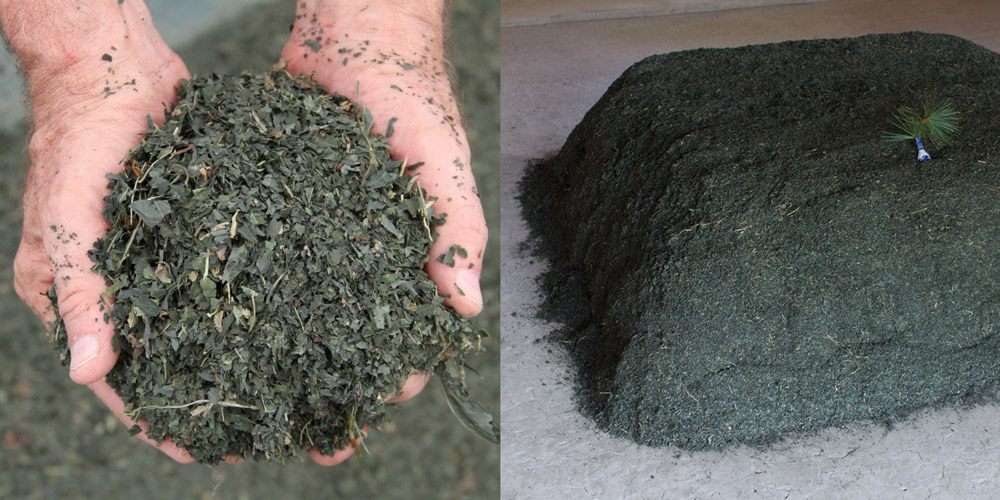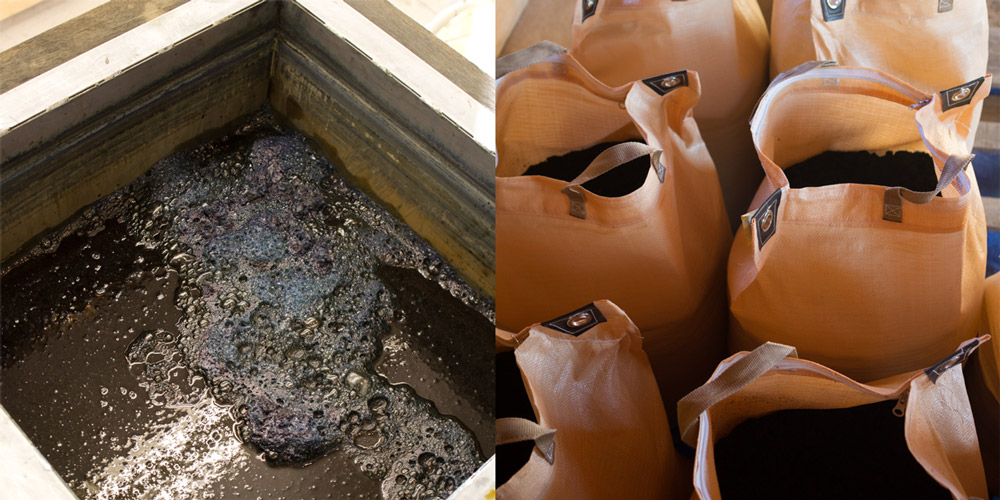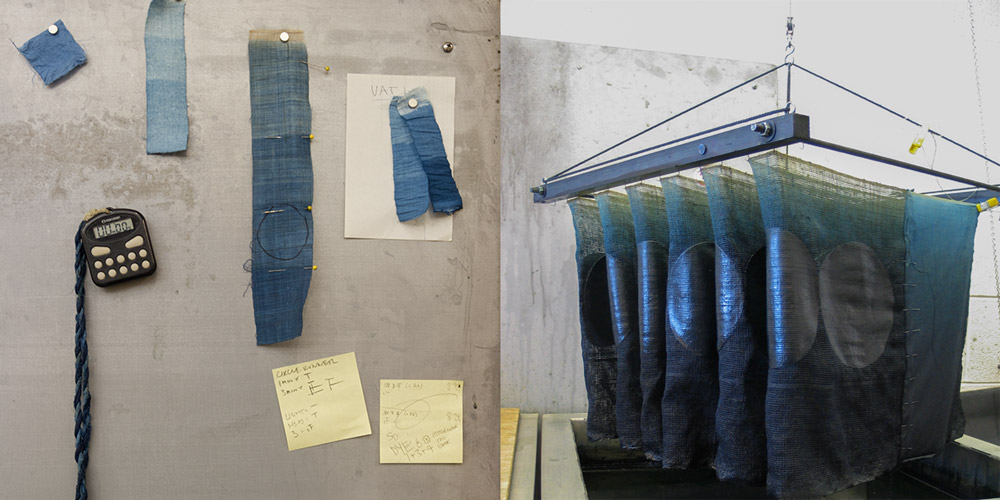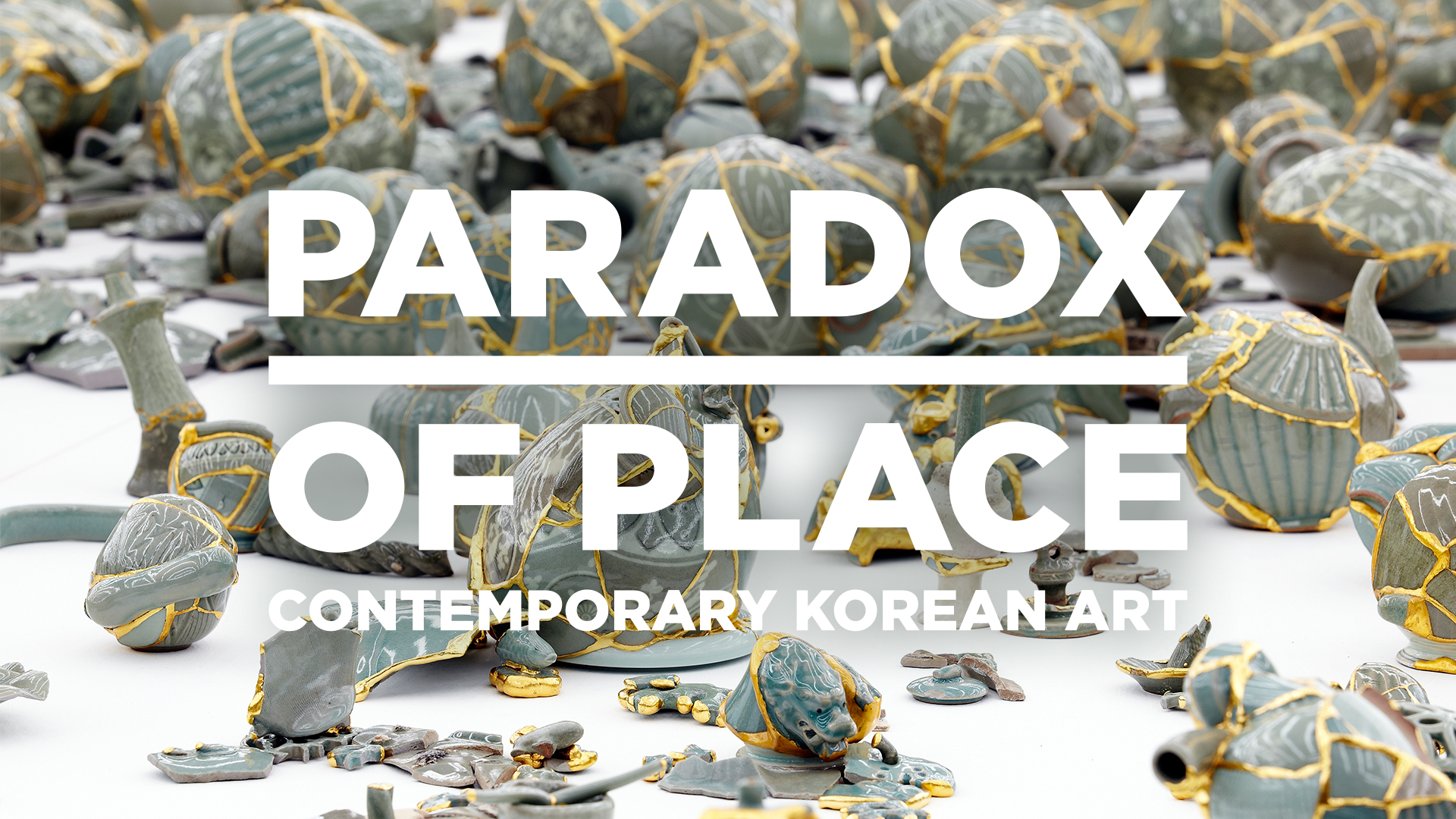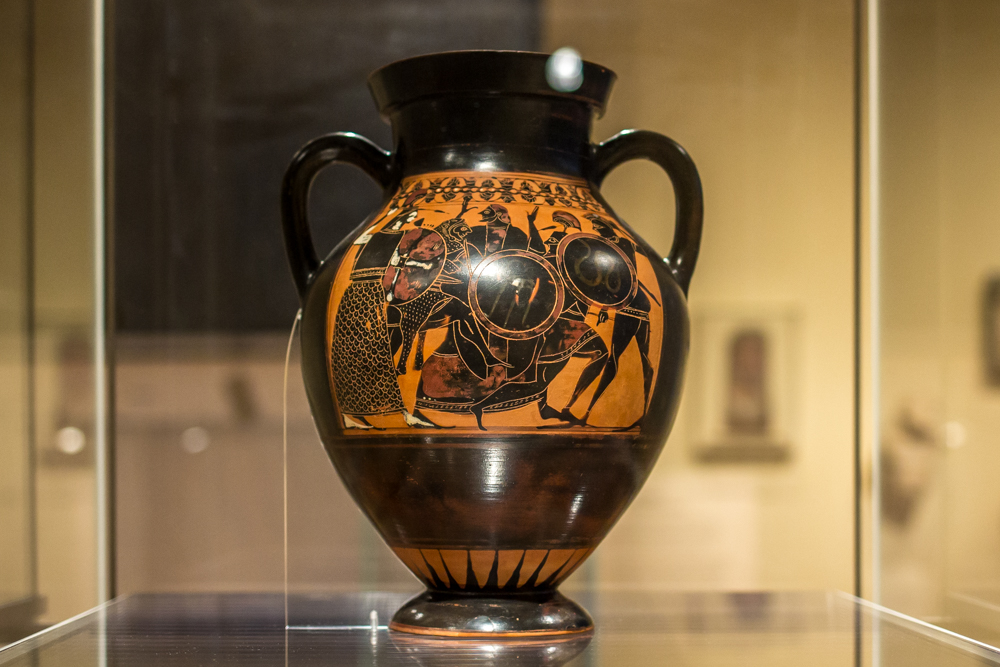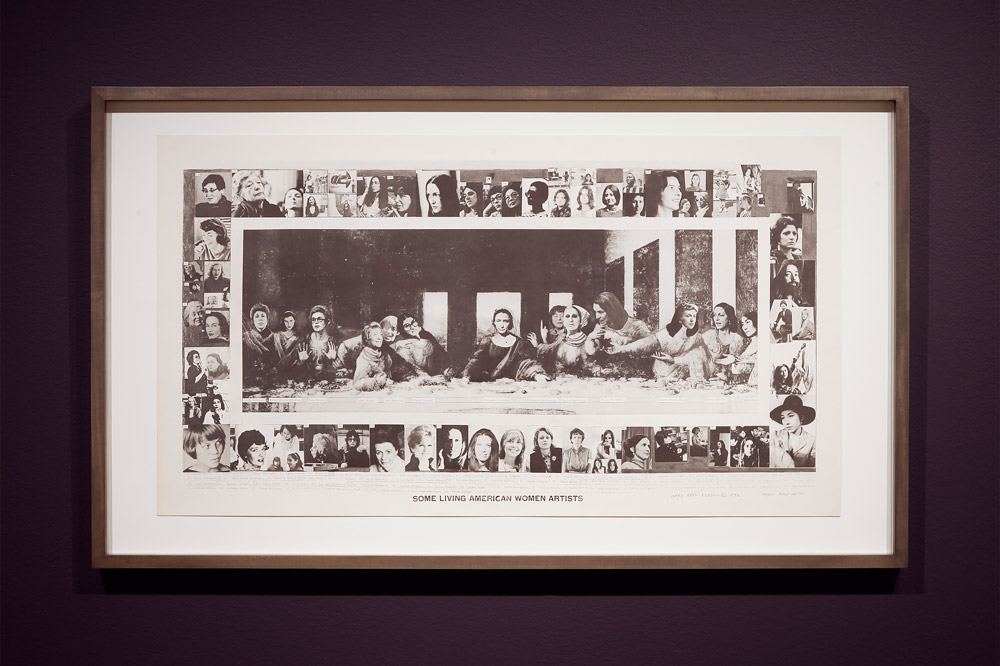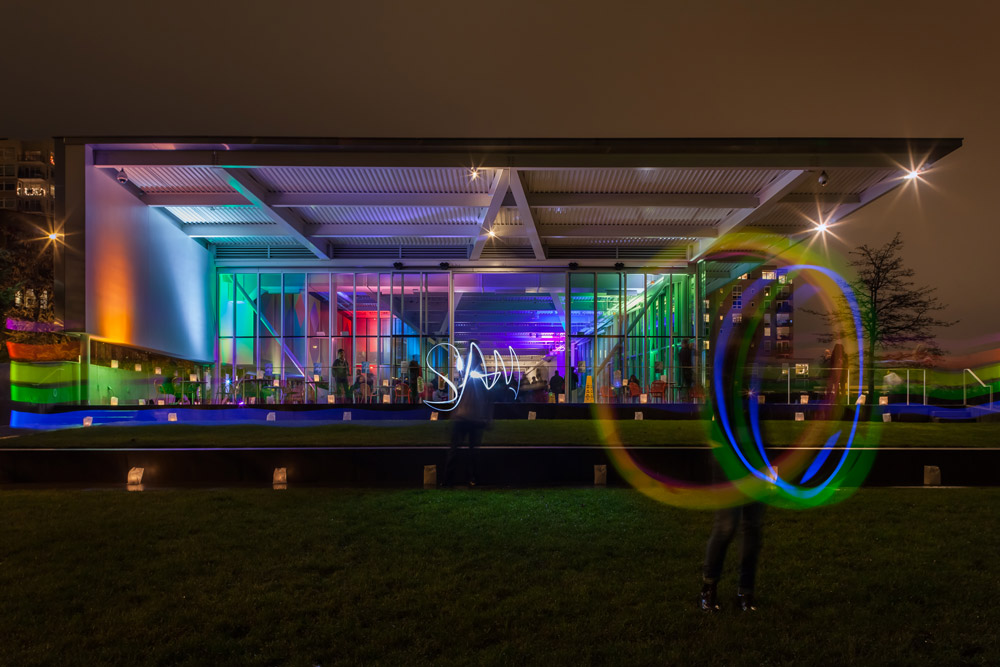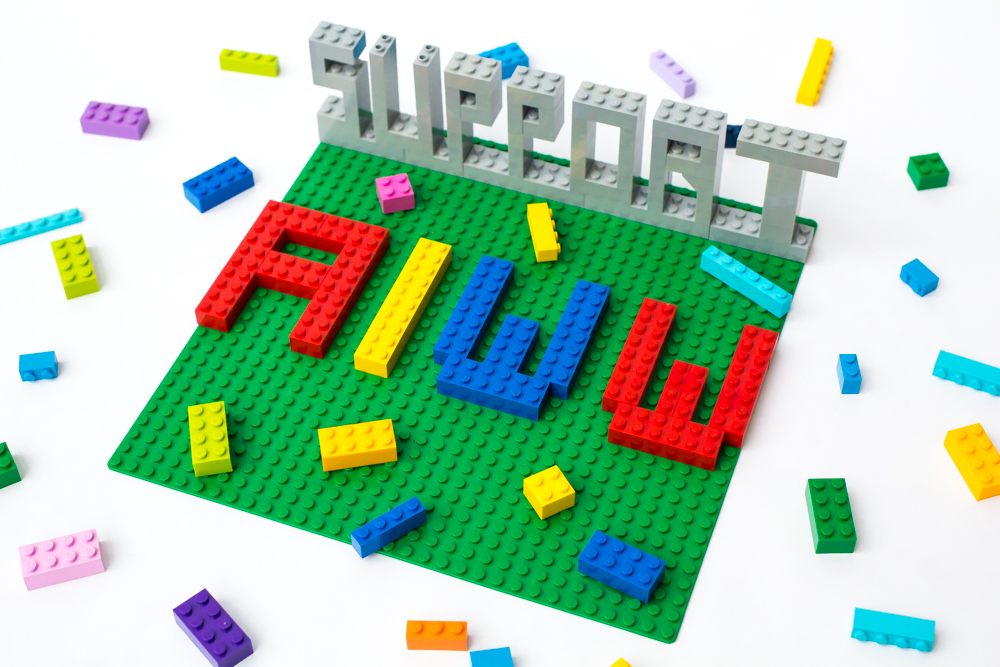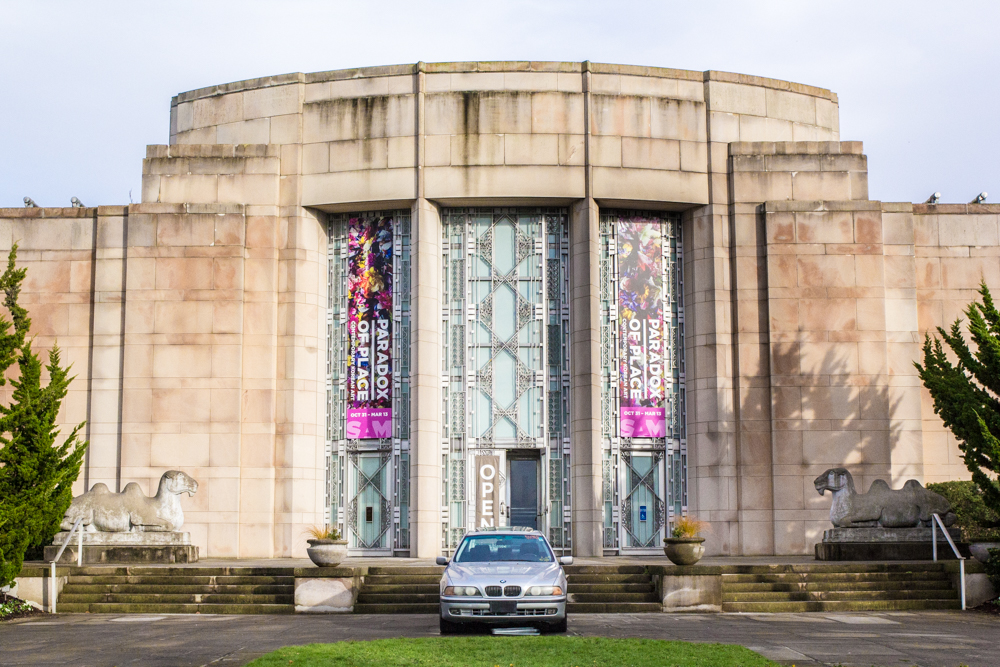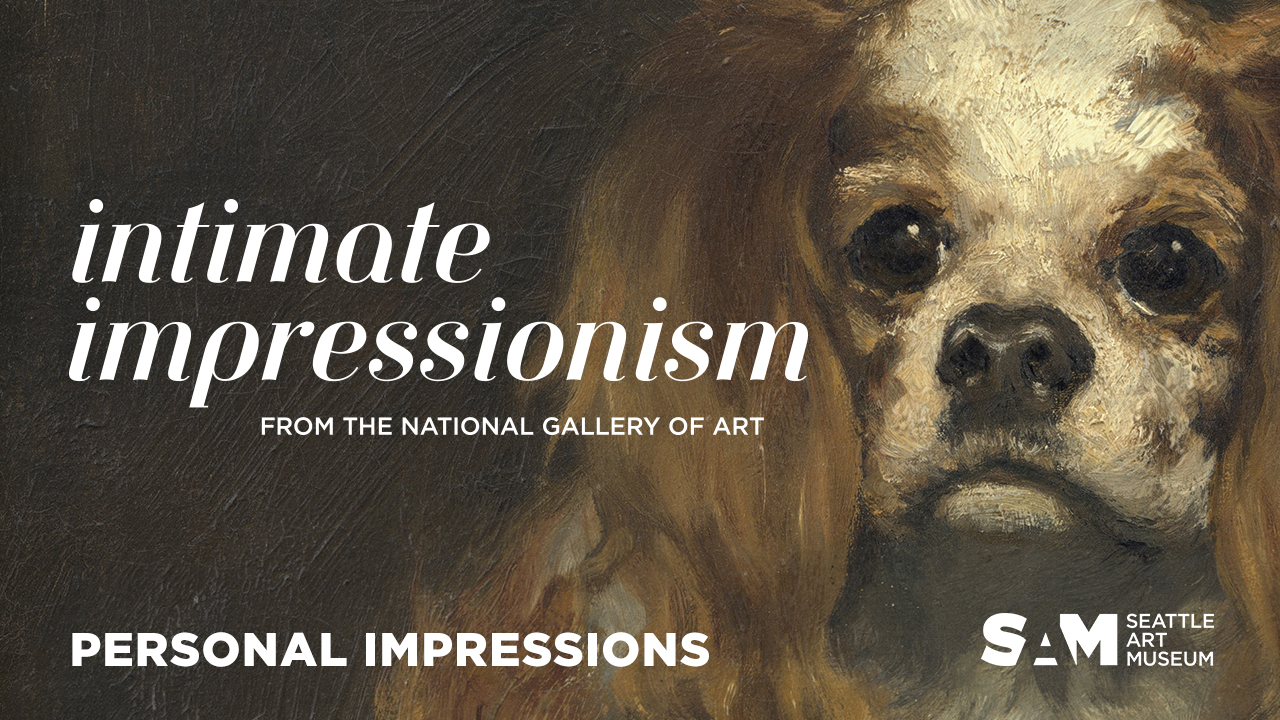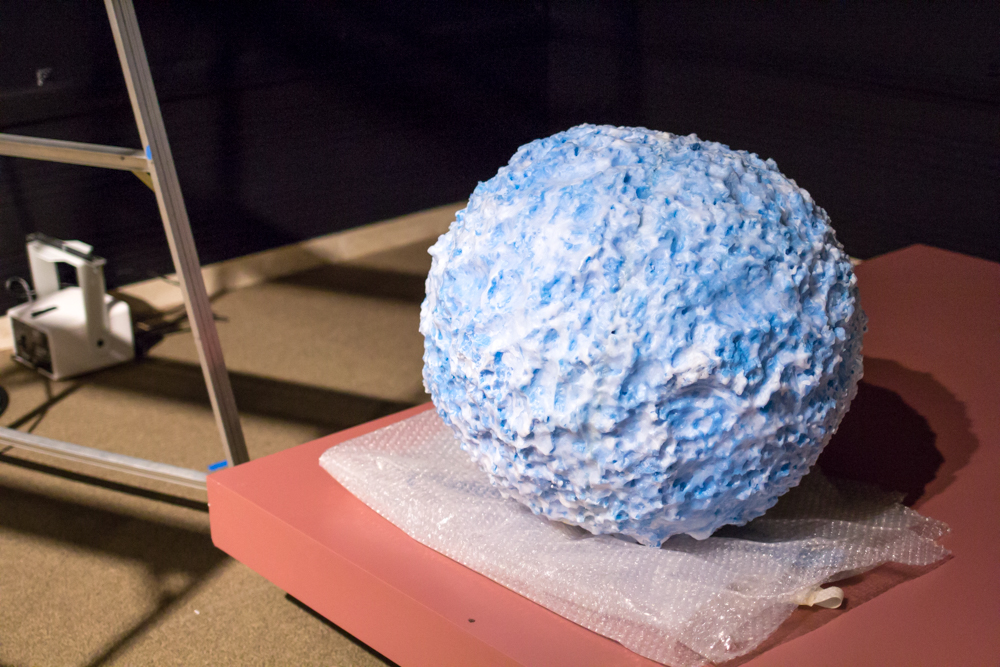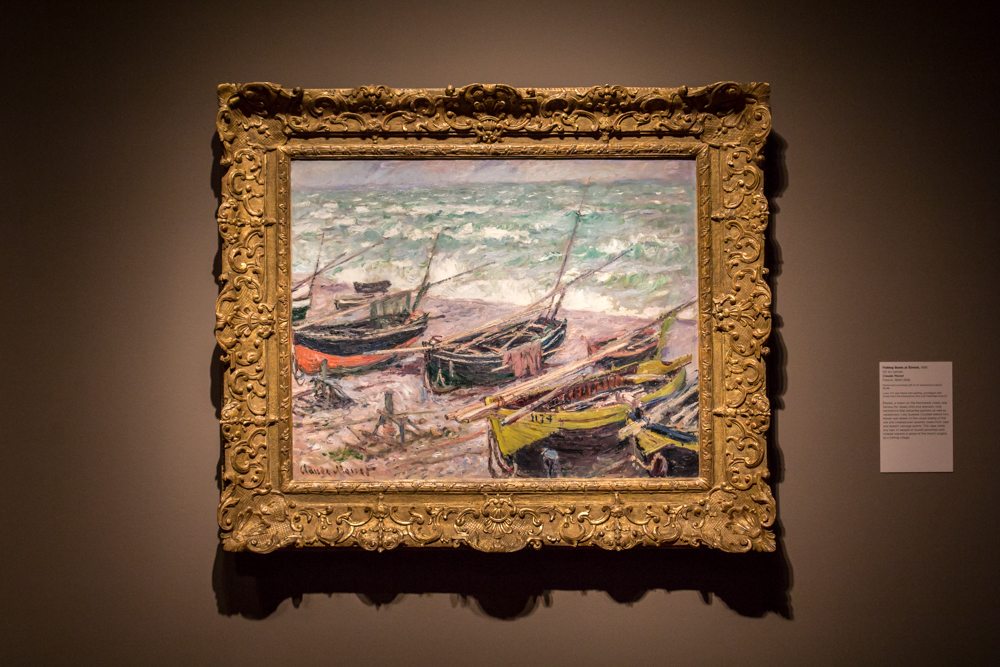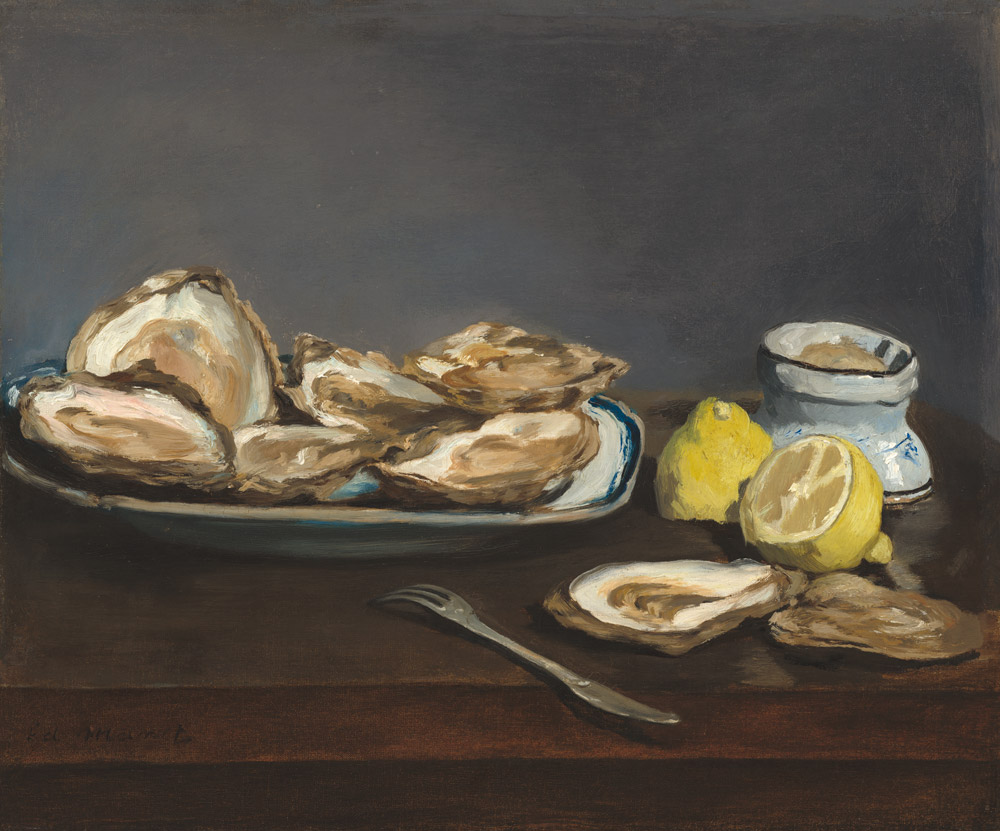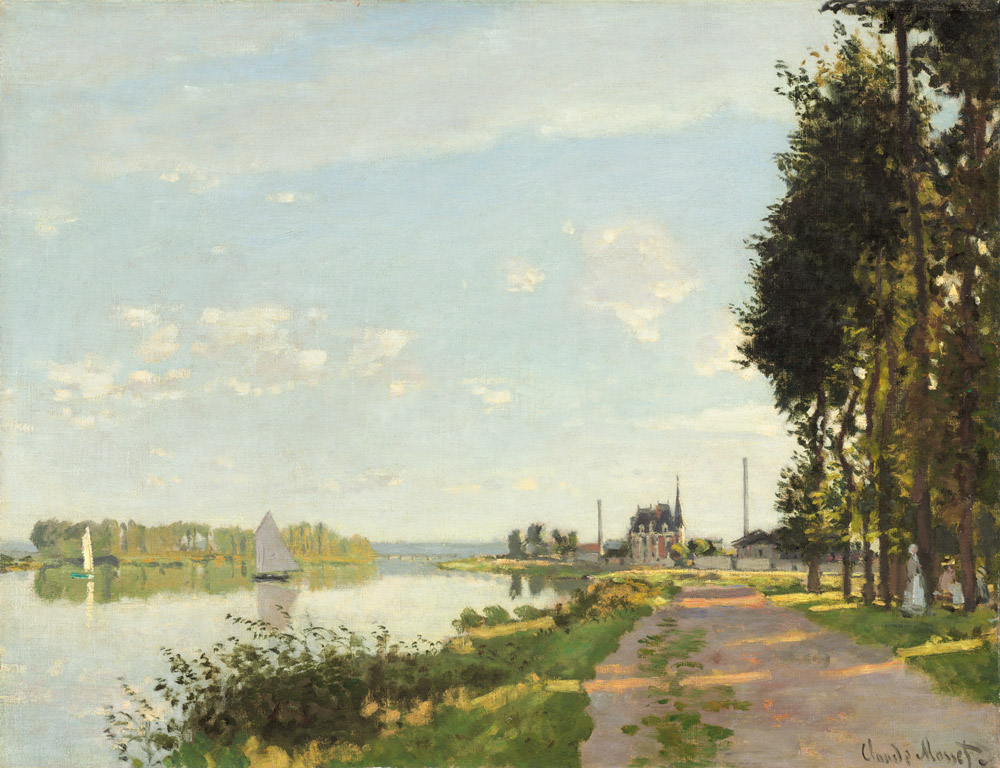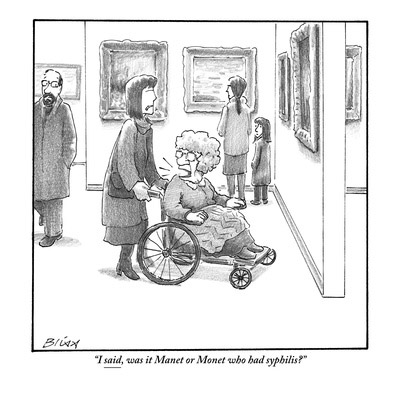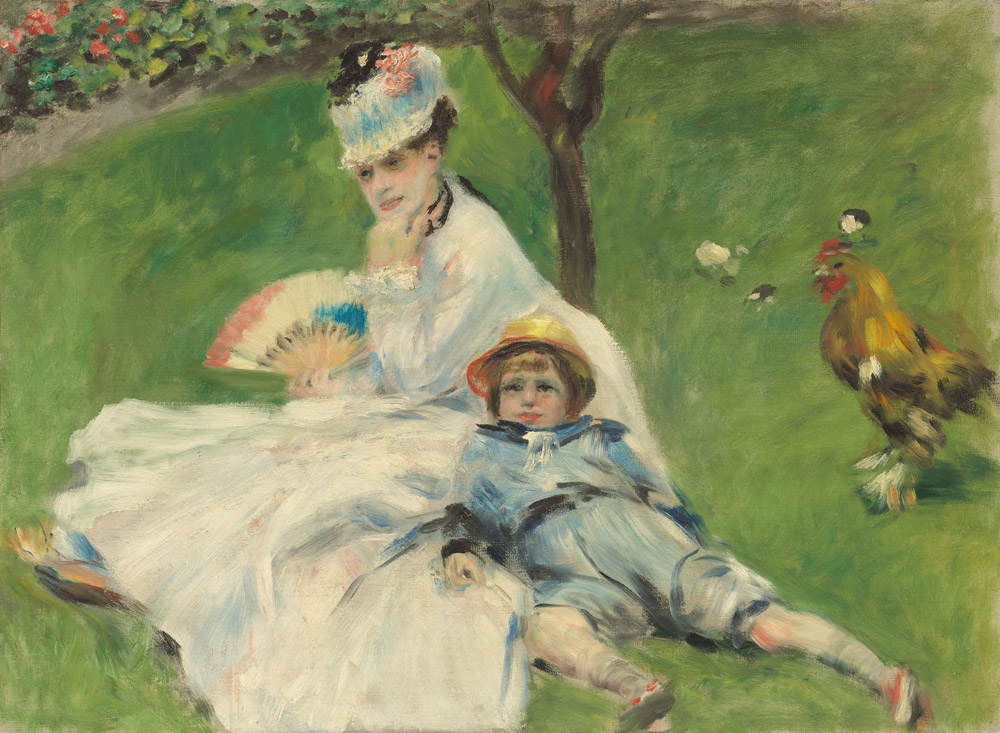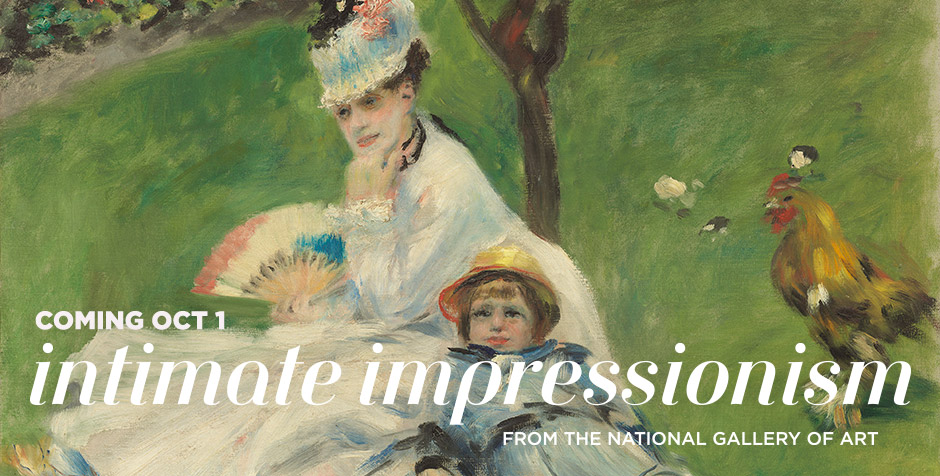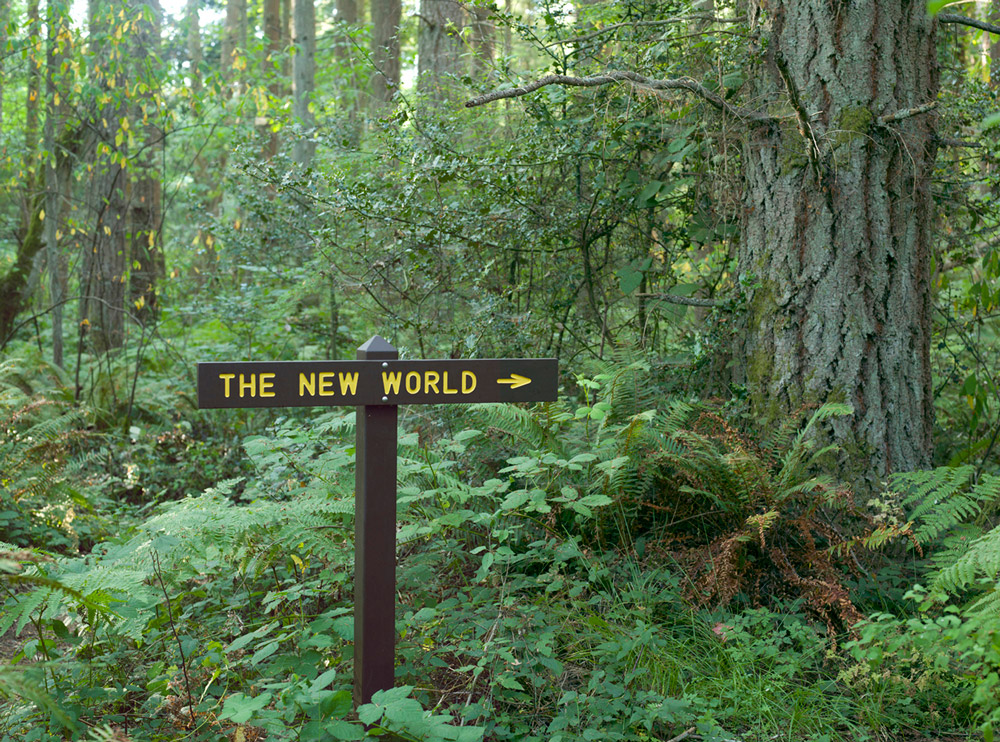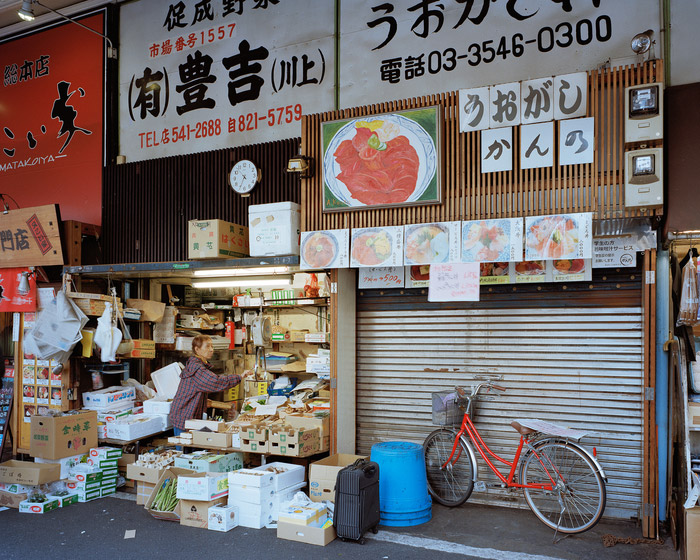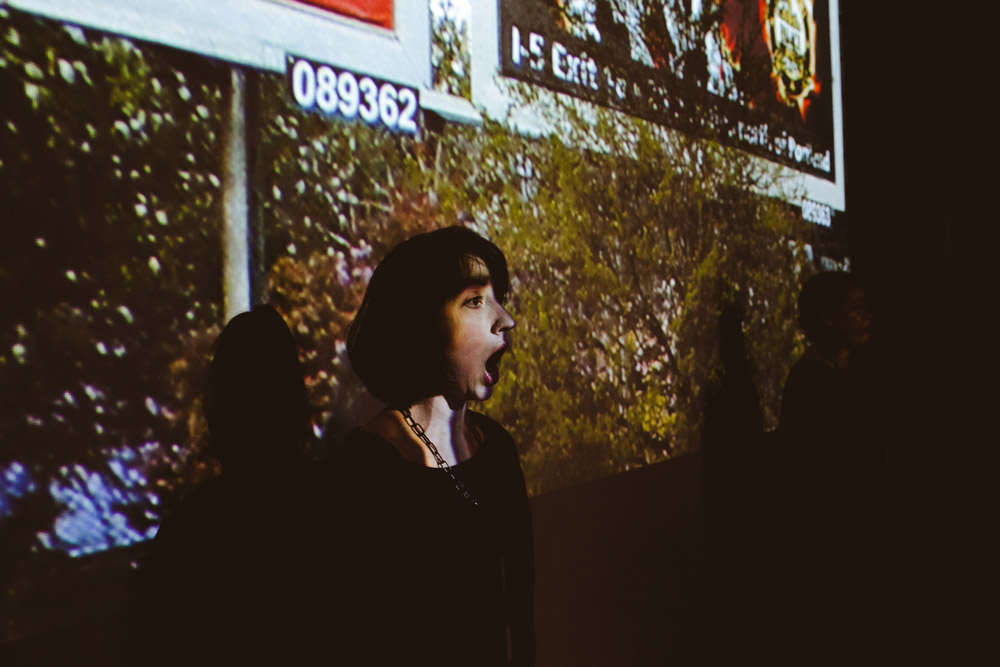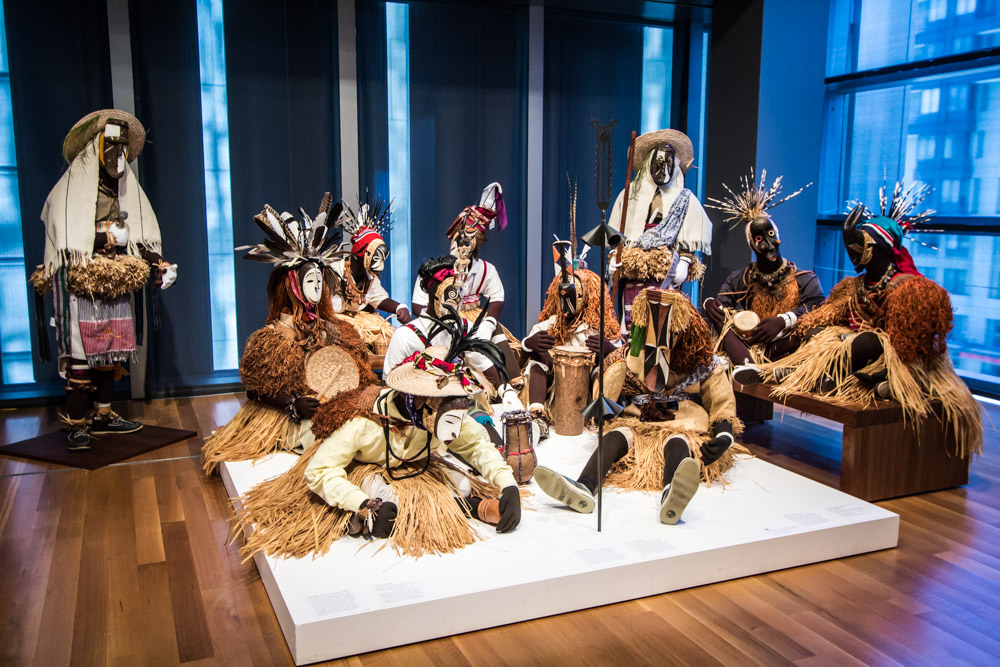Upon arrival, we are greeted by cardboard boxes, carts piled high with paint, painter’s tape, dozens and dozens of lights, and AV equipment. It’s the week before the Asian Art Museum’s newest exhibition Paradox of Place: Contemporary Korean Art opens, and we’re going behind the scenes to check out how the installation is going.
SAM’s Exhibition Designer, Paul Martinez, was on hand to walk us through the exhibition install team’s progress thus far.
“The crew has their work cut out for them!” he tells us with a smile.
“Right now we’re looking at the tech specs for all of the artists—the things that the A/V people will need. Tantamount is clear communication, as we’re working with an international museum and artists,” Martinez says.

As we walk into the first wing of the Tateuchi Galleries, we see deep, crimson walls that are still bare for the most part, save for two gilded frames holding mirrors. The room will house works by artist Lee Yongbaek. The pieces incorporate video, sound, mirrors, and soldier uniforms decked out in floral print as a part of his work, Angel-Soldier. After viewing images of the uniforms, the myriad colors pop out and are so much more vivid in person. They are the perfect juxtaposition: camouflage that does not hide you at all.
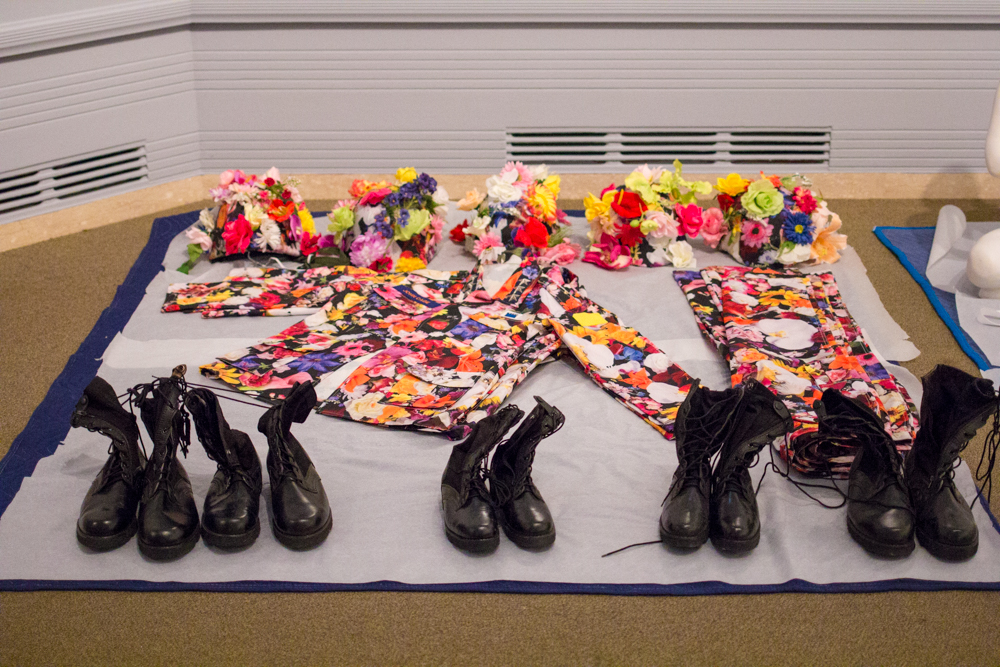
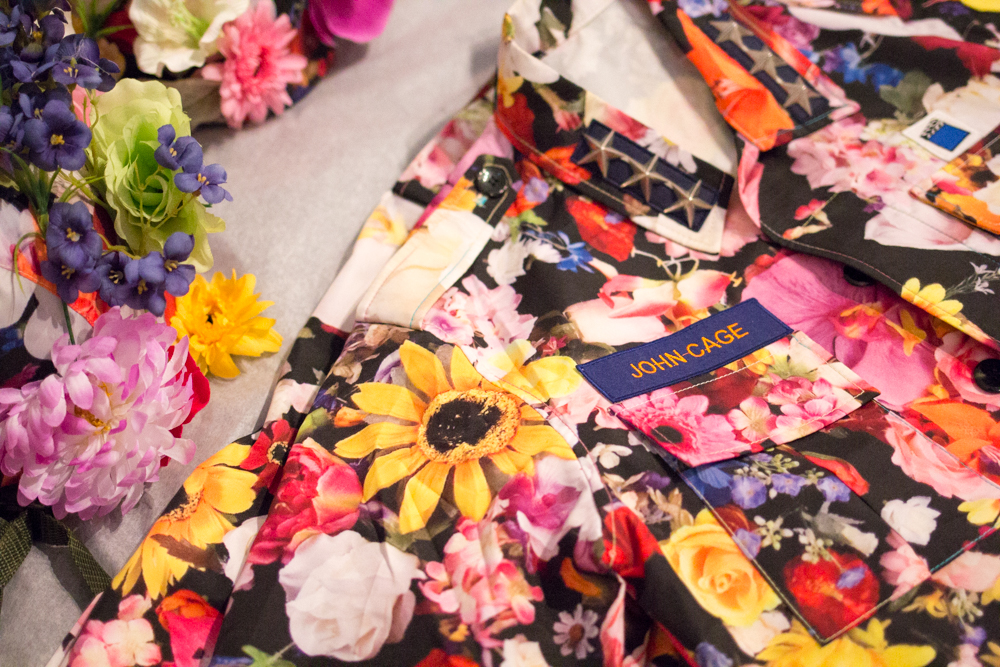
“You can see them laid out here,” Martinez says as we walk into the adjoining room. “They’re stunning decorative elements, you want to wear one of the jackets, they’re pretty cool.” We agree completely.
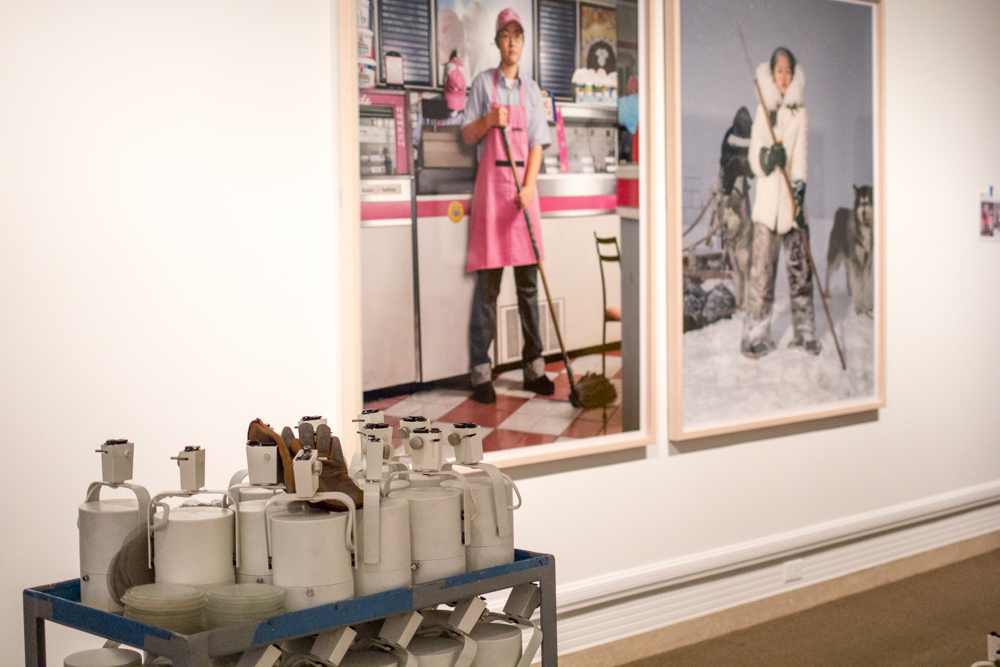
We move on to the next, where we see a few of Jung Yeondoo’s pairs of photos from his Bewitched series have been hung. They portray young people of Korea in their day jobs and contrast their realities with what they would actually like to do in life, if money, education, and responsibilities were of no object. The photos are huge, taking up the majority of the wall space. We didn’t imagine they’d tower so high, but seeing them blown up to almost life-size helps us take in the details—to imagine what life would be like in our imagined realities, too.
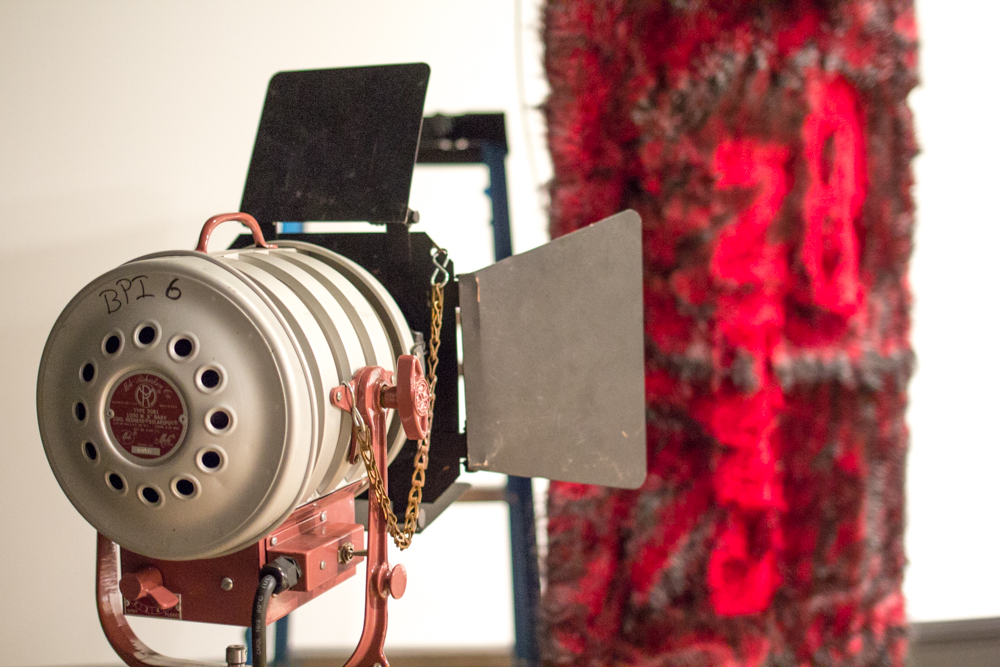
The next space houses Lim Minouk’s large-scale multimedia installation, The Possibility of the Half. The work is not fully prepared or installed yet, and Lim’s assistant, Ms. Park Moonkynung is in town to help assemble the pieces. The detritus of what makes up a real newsroom is scattered around the room: an ON AIR sign, professional video cameras and tripods, and more lights, all borrowed from our local KING5 news station. The room is painted black, which will perfectly set the scene for what viewers will experience when the total sum of the work is up: a re-imagined Korean television studio, with screens showing visceral, emotional, and dramatic scenes of people grieving over the deaths of Kim Jong Il of North Korea and former president Park Jung-Hee of South Korea.
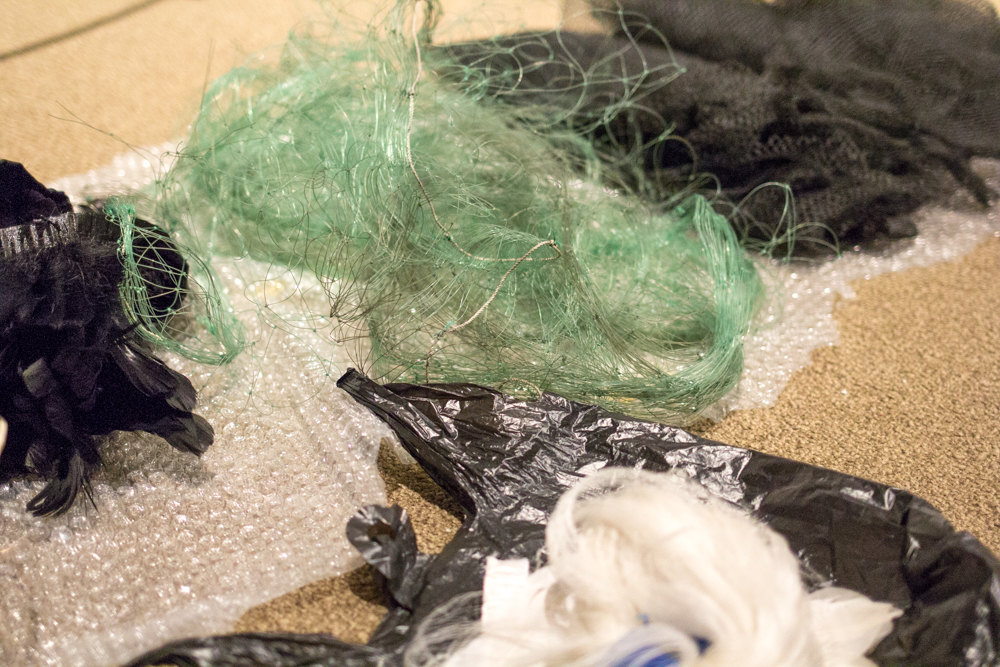
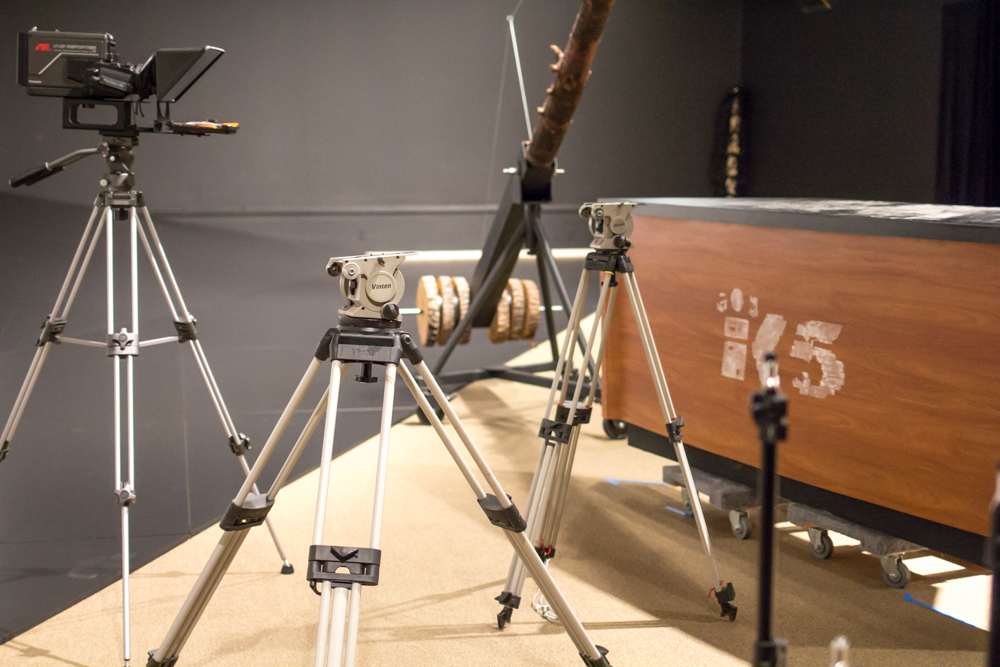
Standing tall in front of us is an interesting structure: a camera device composed mostly of a tall tree branch. Curious as to how it got here, we pressed Martinez.
“This request came to us in a single photo. ‘Can you build us one of these?’ he said. “It’s just what it looks like: a quirky representation of a camera boom. Our crew worked hard to produce an operable and dynamic boom to represent exactly what we needed,” Martinez said, as he moved the boom up and down, and left to right to show of its capabilities. “We went out and selected a tree from the Northwest, cut it to size, dried it for a long period of time, then fumigated. We started this back in the springtime. Then it needed the whole base, which we built in house, and our mount makers fabricated everything.”
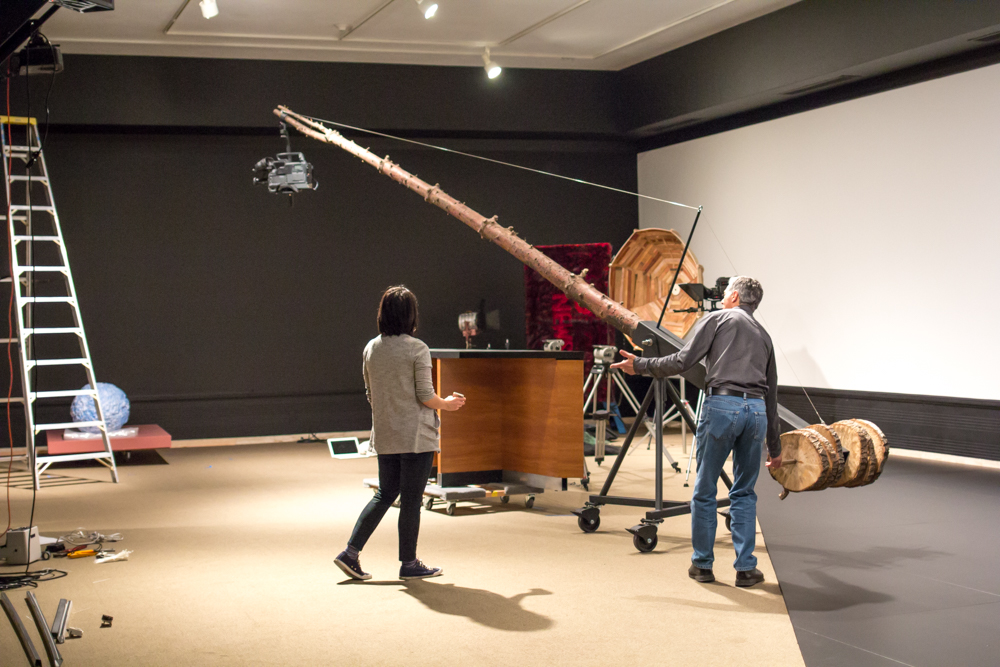
“So this is one of a kind, and made for this exhibition?” I ask. “Yes, she’s (Lim) done it for other museums, too,” Martinez confirms. “The bottom rounds, not sure where they were purchased from, and not sure if they’re from the Pacific Northwest,” he laughs.
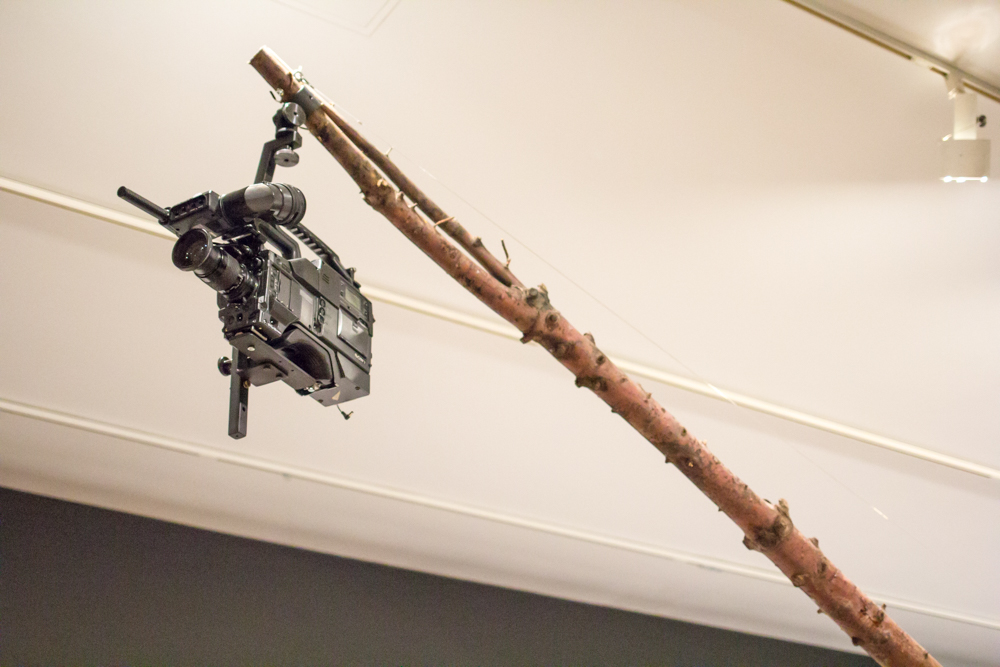
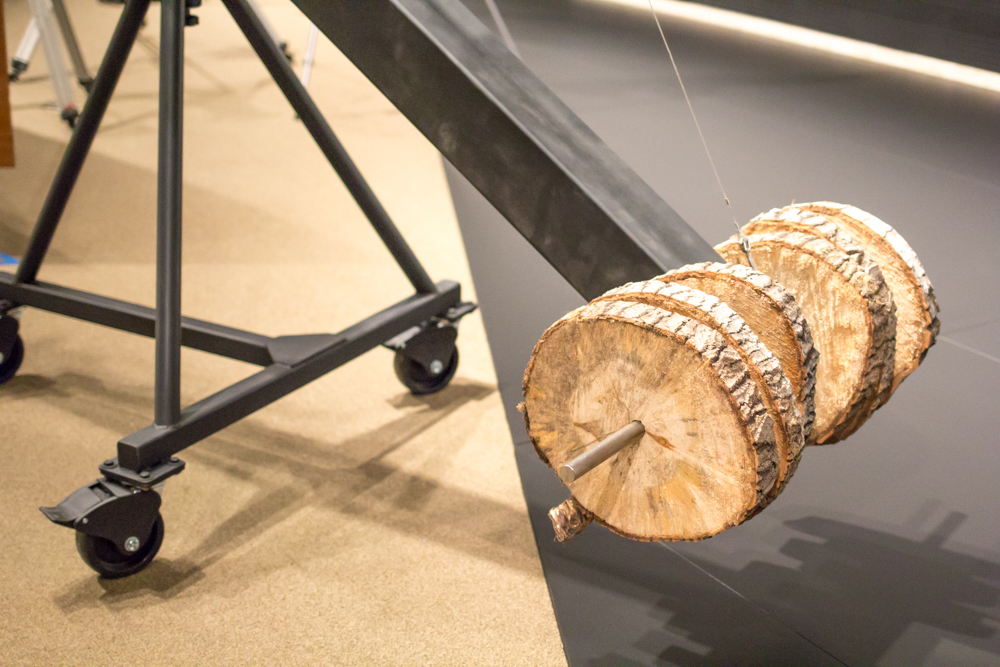
Lim herself is at the museum this week to help install her work. We can’t wait to see what the composite room looks once it’s up and finished for the opening this weekend.
I noticed that when everything is laid out in the room, including pieces that expand up entire corners of the floor, it seems that the work takes a great deal of space. “How are people going to interact with the installation and how close are they going to get to everything?” I ask.
“Much like The Mr. exhibition, (referring to the past exhibition, Live On: Mr.’s Japanese Neo-Pop), it’s a bit of an immersive experience,” Martinez said. “This exhibition will be the same way. They’ll wander through, but there will be obvious barriers. It’s meant to be something you enter, have an experience with while you’re in it, and then you leave.”
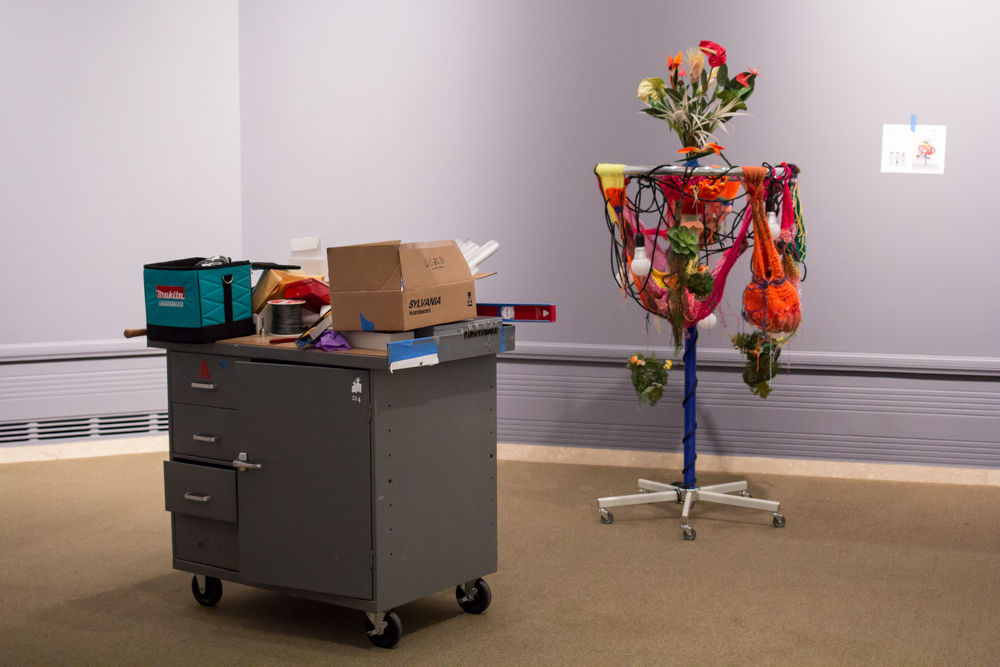
In the next room over, we’re greeted by some of Yang Haegue’s Female Natives sculptures. Outfitted with everyday materials—lights, artificial flowers, yarn, cord, bells, etc. piled on clothing racks—the structures provoke narratives about gender, politics, and human emotions. Her Gymnastics of the Foldables series of photos yields the same effect by way of engaging a clothes drying rack in calisthenics.
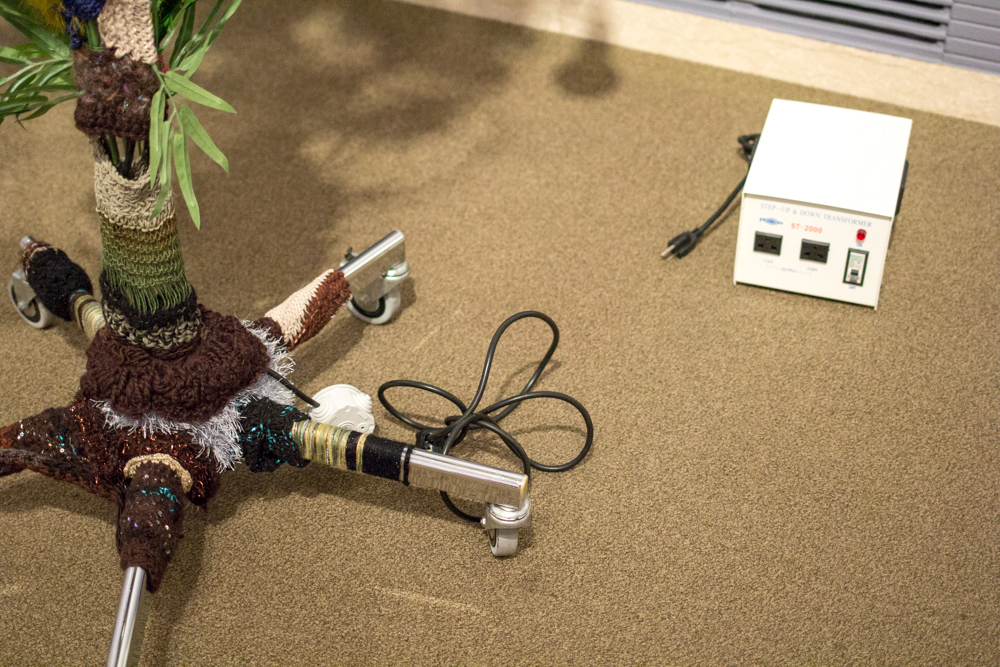

The last wing of the galleries is dedicated to the installation that has been worked on the least since the pieces arrived in Seattle. Tons of wooden boxes were piled on top of each other to our left and right, with Korean postage and stickers prominently affixed.
“I heard the handlers were taking apart and counting them, making sure they were all here today,” I said, referring to Yeesookyung’s work Thousand, composed of porcelain shards, epoxy, and 24k gold leaf.
“This one is particularly challenging,” Martinez said. “It’s a thousand pieces to look at,” he said. “How they come out of the crate remains specific as to how they’re laid out for the artist to access, it’s a very deliberate, meticulous unpacking and repacking and reassembly of the crates,” he confirmed. “And then of course the registrars are looking at each piece in detail, writing down the characteristics of each piece, and photographing them so they have a record of what they are and if they have any issues.”
The effort will pay off, though, as the total effect of one thousand pieces of porcelain on a platform is bound to dazzle—not only for the craftsmanship of the ceramics, but also out of respect for the artist who has skillfully arranged them all in their respective spots in the gallery.
“The artist will place them all herself, correct?”
“Exactly,” Martinez said. “We have the pedestal placed as she’ll need. She’ll place them all in the ways she likes on the platform. She’ll have all the pieces arranged by numbers. She’s installed it before so she’ll come with her method of reinstalling it here.”
I’ve read that Yeesookyung has said that working on this piece has helped her appreciate the process of putting together her finished works more than the actual creating of the work. Some interesting perspective on a work that no doubt took at least a thousand hours to complete.
Explore these works and more in Paradox of Place: Contemporary Korean Art, now on view at the Asian Art Museum.
Words: Dawn Quinn, Copywriter
Photos: Natali Wiseman
